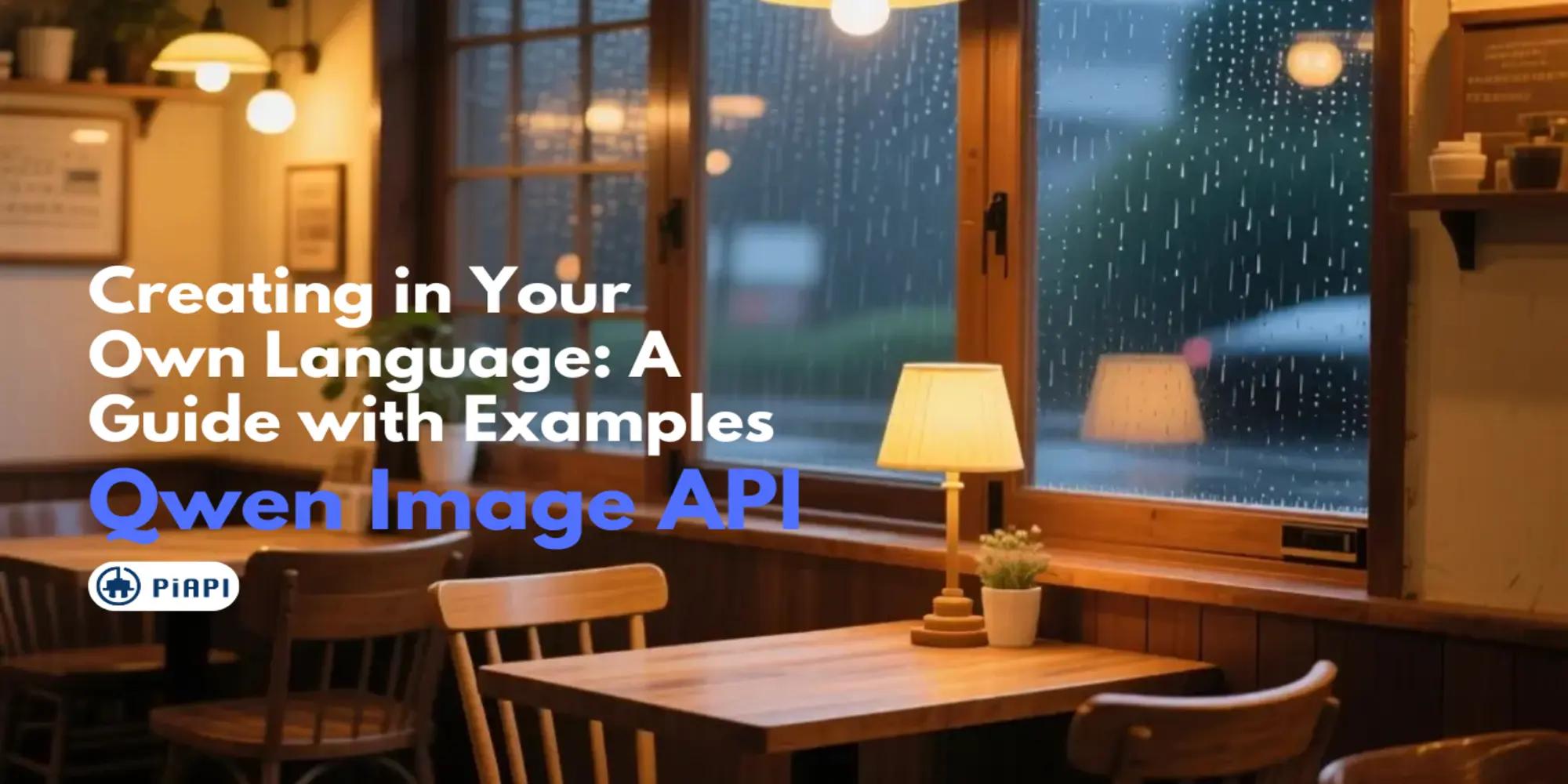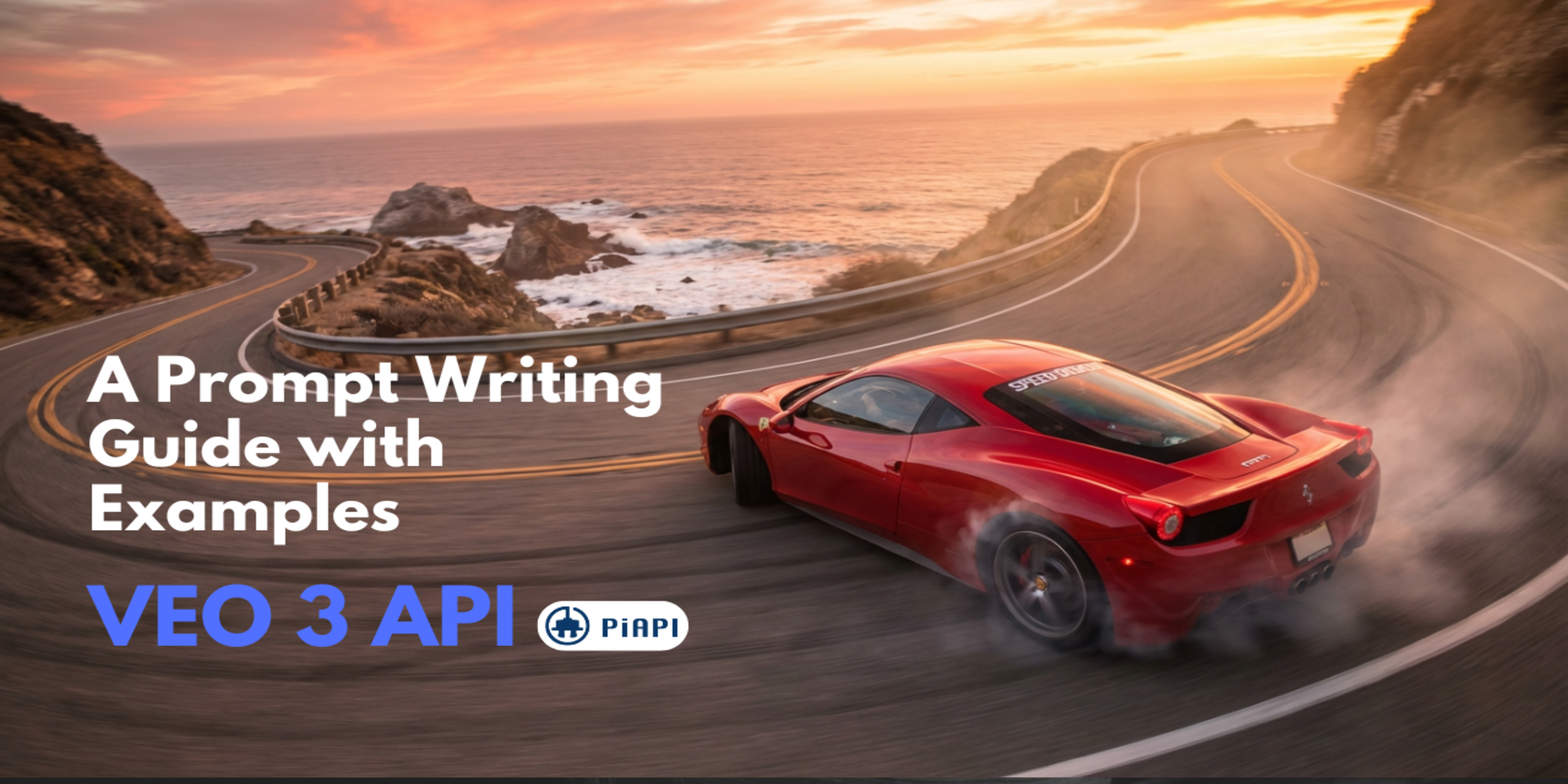Sora API vs Kling API - a comparison of AI video generation Models

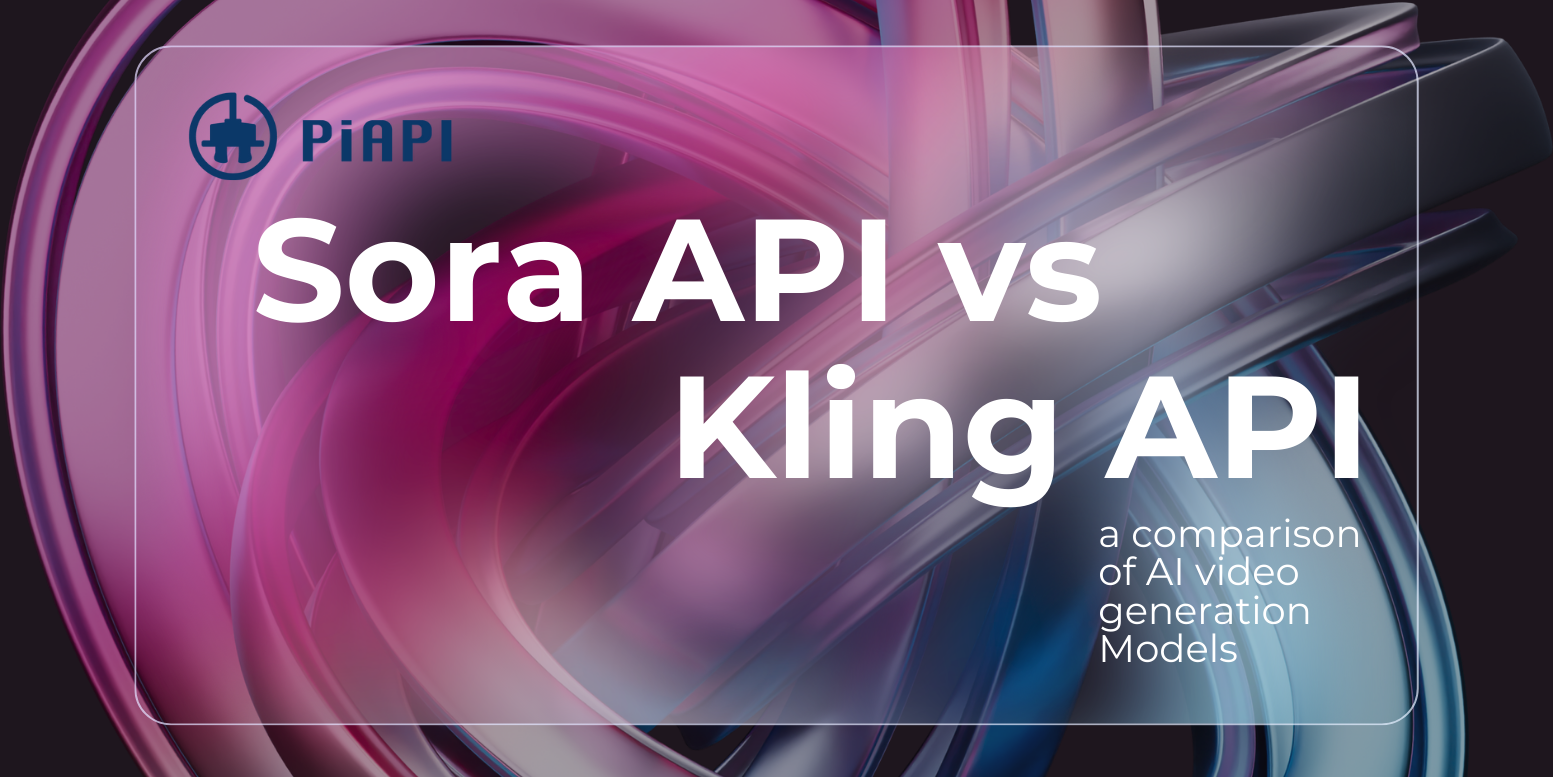

It's finally here!
On December 10th 2024, OpenAI, the team that pushed AI to the forefront of technology, officially announced the release of Sora, their highly anticipated AI video generation model, in a post on X! In their tweet, OpenAI also revealed that Sora offers features such as text to video generation and image to video generation, alongside the option to extend, remix, or blend videos you already have.

As the leading AI API provider, we at PiAPI are currently exploring the possibility of launching Sora API in the future. Since we already have Kling API and Dream Machine API, our investigation is focused on evaluating whether or not Sora API outperforms Kling API and Luma API while also determining the level of demand for what the AI video generation model offers.
In this blog, we’ll be comparing the generation quality of our Kling API with that of Sora API to see how they measure up.
Due to the high demand for Sora API, which has led to supply issues, our comparison will rely on videos showcased by OpenAI on their website for Sora. We will be comparing these to videos generated using Kling API v1.5 Pro. Here’s how the process will work: we’ll take a screenshot of the initial frame from a Sora-generated video, input it into Kling API v1.5 Pro, and generate a video using a prompt that we think is best. Finally, we’ll compare the results from both to evaluate their performance.
Comparison
For the following comparisons, we’ll be using the same image-to-video evaluation framework detailed in our previous blogs, which you can refer to for more details. However, we won’t be evaluating the Control-Video Alignment criterion—basically just prompt adherence—since we do not know the prompts used in the videos OpenAI inputted into Sora.
Example 1
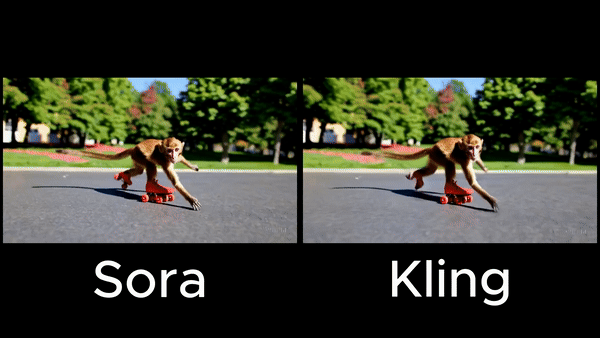
Both videos do a great job with realism, with the shadows of the monkey and the trees lining up perfectly, making it hard to pick a clear winner. They also handle dynamic movements really well and are super smooth, with no jump cuts or artifacts. Overall, it’s a tie for this example, as both videos seem pretty much on the same level in terms of quality
Example 2
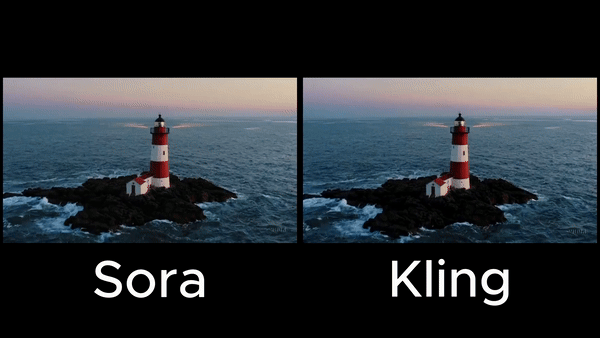
Both videos appear highly realistic, with waves splashing onto the island and lighthouse in a lifelike manner. The movements are smooth and natural overall. However, in Kling's video, the waves don’t fully adhere to real-world physics. After the initial splash on the left side of the island, the waves unnaturally move upward toward the lighthouse, which seems unrealistic given the small size of the initial splash—it doesn’t justify such a large upward motion. Despite this, both videos demonstrate strong consistency, maintain continuity throughout, and are free from visual artifacts So, Sora slightly outperforms Kling for this example.
(It’s worth noting that the prompt for Kling specifically instructs the camera to zoom out from the lighthouse. However, instead of following this, the camera zooms in.)
Example 3
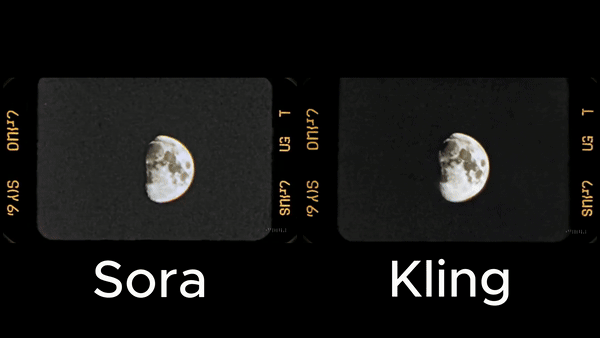
Sora’s video looks realistic and dynamic, showing a rocket launching into the sky. Kling’s video, on the other hand, isn’t realistic at all—it has something that’s supposed to be a rocket but looks more like a candle, popping out from behind the moon before slowly taking off, making it less dynamic than Sora's video. Sora’s video does have an issue with consistency, though, as it suddenly cuts to a blue light at the end. Meanwhile, Kling’s video, even though it’s not great quality, stays consistent throughout. Overall, Sora API outperforms Kling for this example.
Example 4

Both videos look realistic and have smooth, fluid movements, but Kling’s video is a bit more dynamic. The person in Kling’s video moves around more, and the camera pans further to the right compared to Sora’s. Both videos stay consistent the whole time—no artifacts, no jumpcuts, and everything flows smoothly. For this example, Kling edges Sora out by a small margin.
Example 5
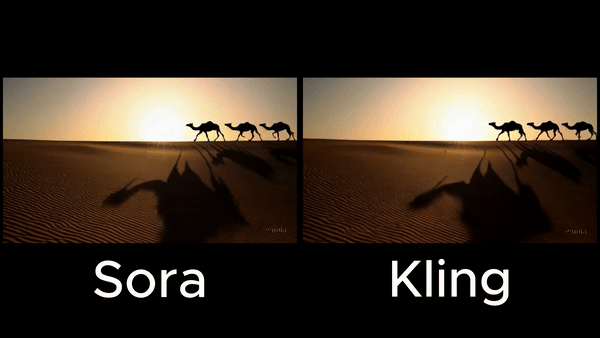
At first glance, both videos look realistic, but if you look closer, there’s an issue with the first camel's shadow on the far left. In both videos, the shadow suddenly moves on its own, completely disconnecting from the camel that’s supposed to be casting it. Then, the shadow is replaced by another one. Sora’s video is far more dynamic, featuring a greater number of camels that move faster and travel farther than those in Kling’s video. For this example, Sora outperforms Kling.
Example 6
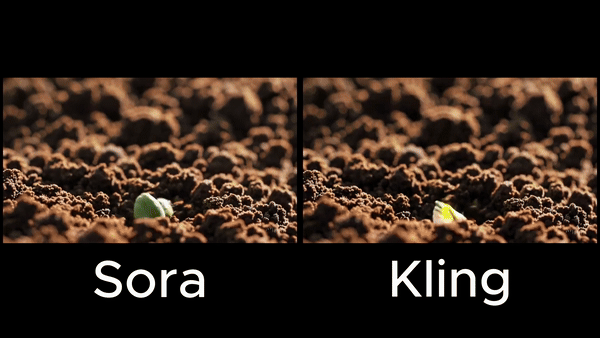
Both videos appear quite realistic and adhere well to real-world physics, with smooth and dynamic motion. However, Sora’s video is noticeably more dynamic, showcasing the growth of a larger plant, whereas Kling’s video only features a small leaf. Both videos maintain strong temporal consistency and continuity throughout, staying free from any visual artifacts. Overall, Sora outperforms Kling for this example.
Example 7
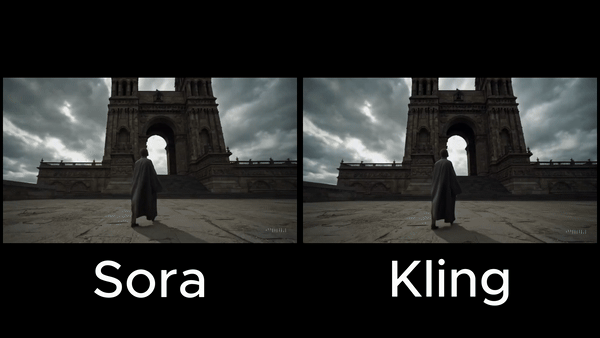
Both videos appear quite realistic, and adhere well to real-world physics, with smooth and dynamic motion. Both videos also show strong temporal consistency and continuity throughout, being free from any visual artifacts. Overall, both videos have the same quality, for this example.
Conclusion
Based on the seven examples above, it’s clear that Sora API generally outperforms Kling in several aspects. However, it’s important to note that we don’t know whether the videos from Sora API were generated using image-to-video or text-to-video prompts, nor do we know the exact prompts used. This could make the comparison less fair, but we’ve made every effort to recreate the videos as accurately as possible using Kling.
We’re excited to see how OpenAI’s Sora evolves in the future and to continue exploring whether PiAPI should introduce its own Sora API. We’re also eager to see how Sora develops further and whether OpenAI can surpass other companies in advancing AI video generation models. Additionally, we look forward to seeing how Sam Altman steers OpenAI, guiding the company into the next phase of AI innovation.
We hope that you found our comparison useful!
And if you are interested, check out our collection of generative AI APIs from PiAPI!
